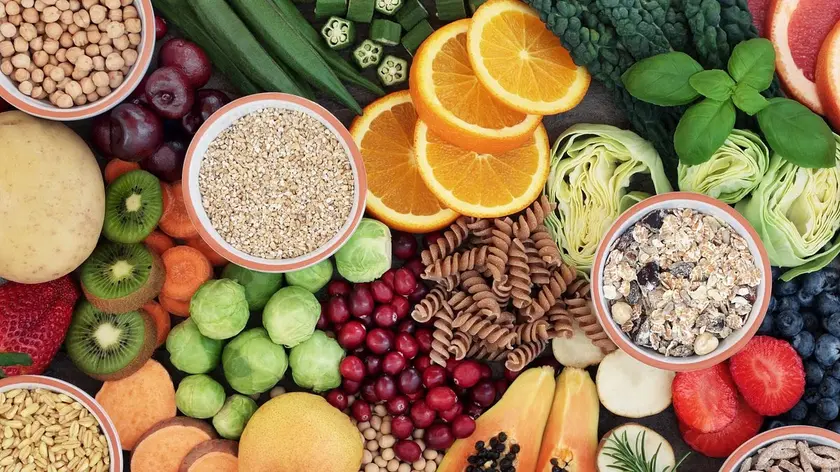T4K3.news
Gut bacteria digest common thickeners
New study shows cellulose derivatives can be metabolized by gut bacteria when primed by plant polysaccharides.
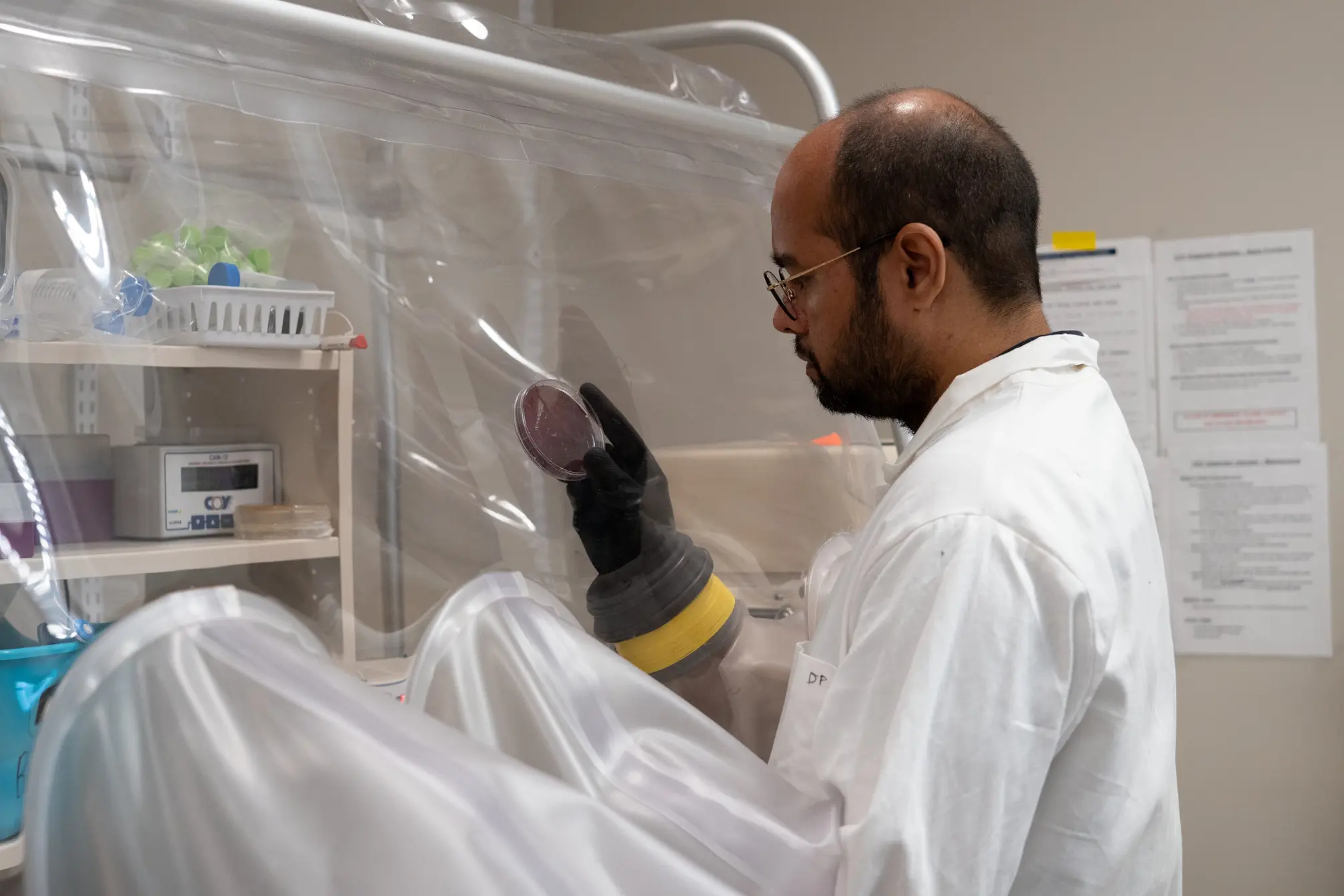
New research shows gut bacteria can digest cellulose derivatives when primed with natural plant polysaccharides.
Common cellulose-based food thickeners become digestible by gut bacteria
Researchers at the University of British Columbia report that cellulose-based thickening agents used in foods like ketchup, dressings and toothpaste can be metabolized by certain gut bacteria. The work, published in the Journal of Bacteriology, found that the additives are broken down when gut microbes are exposed to plant polysaccharides that normally help digest dietary fiber. This primes enzymes on some gut bacteria, including members of Bacteroidota, to attack artificial cellulose molecules.
The study used in vitro methods. It shows that digestion requires a dietary context where natural polysaccharides activate enzymes produced on bacterial surfaces, enabling cellulose derivatives to serve as a sugar source. The researchers stress that the safety of these additives remains established through years of testing, while calling for more work to understand possible effects on nutrition and the microbiome in real life. They note that lab tests may miss interactions because bacteria are often studied in isolation.
Key Takeaways
"But our study provides a first glimpse at how these food additives are actually digested by our gut bacteria thanks to natural polysaccharides in our diets"
lead author describing mechanism
"It is always a surprise when a new finding goes against the conventional wisdom"
Dr. Harry Brumer on the result
"We saw these cellulose derivatives are used as a source of sugar for bacterial growth"
Dr. Brumer on metabolism
The finding challenges the idea that food additives are inert after swallowing. It shows the microbiome reshapes everyday ingredients when given the right signals. The result matters for nutrition science, product design, and labeling.
This is early work based on lab models. It remains to be seen how widespread the effect is across gut bacteria and what it means for real meals. The study points to a need for broader testing and for researchers to map how diet, microbes, and food additives interact in humans.
Highlights
- Our diets might train bacteria to remix everyday additives
- Tiny enzymes, big implications for common thickeners
- What we eat may shape how additives are processed
- The gut is not a passive receiver of all the foods we eat
The next steps will reveal more about how our meals and microbes share the same table.
Enjoyed this? Let your friends know!
Related News

Gut health alert 11 foods tied to diarrhea

Transition to plant-based diets often causes digestive issues
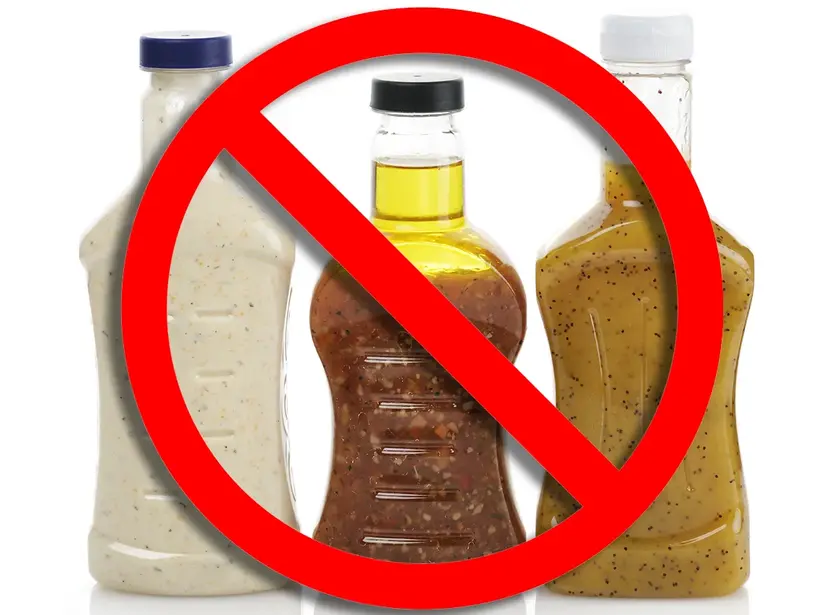
Experts warn against harmful salad dressings
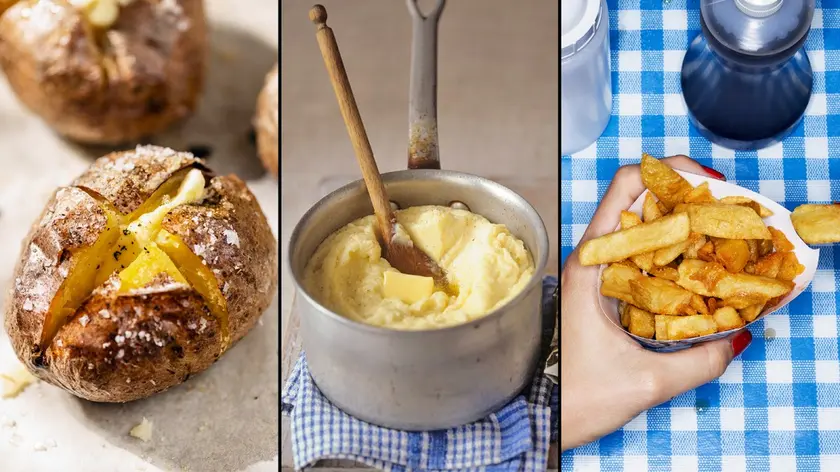
Potato guide changes how we think about fries

Families overlook key health precautions for summer travel

Gut bacteria linked to insomnia

New studies link fibre to reduced cancer risks
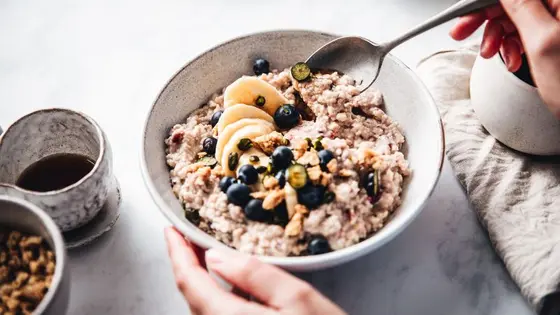
Fibermaxxing gains popularity on TikTok
